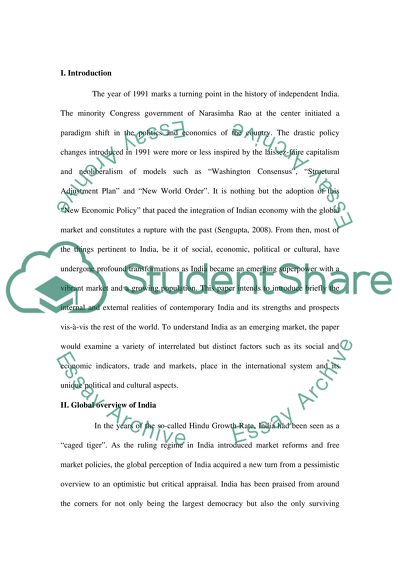Cite this document
(“India as Emerging Market Essay Example | Topics and Well Written Essays - 1750 words”, n.d.)
India as Emerging Market Essay Example | Topics and Well Written Essays - 1750 words. Retrieved from https://studentshare.org/politics/1505852-india-as-emerging-market
India as Emerging Market Essay Example | Topics and Well Written Essays - 1750 words. Retrieved from https://studentshare.org/politics/1505852-india-as-emerging-market
(India As Emerging Market Essay Example | Topics and Well Written Essays - 1750 Words)
India As Emerging Market Essay Example | Topics and Well Written Essays - 1750 Words. https://studentshare.org/politics/1505852-india-as-emerging-market.
India As Emerging Market Essay Example | Topics and Well Written Essays - 1750 Words. https://studentshare.org/politics/1505852-india-as-emerging-market.
“India As Emerging Market Essay Example | Topics and Well Written Essays - 1750 Words”, n.d. https://studentshare.org/politics/1505852-india-as-emerging-market.


